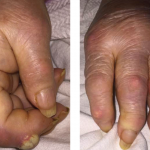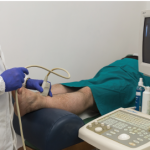Physicians are no more likely than other people to want to think about what happens next. The question of who takes over for a doctor due to death, disability or retirement has legal, medical and personal implications and requires planning to ensure the succession goes smoothly. “Succession planning is like an advance directive for the…






